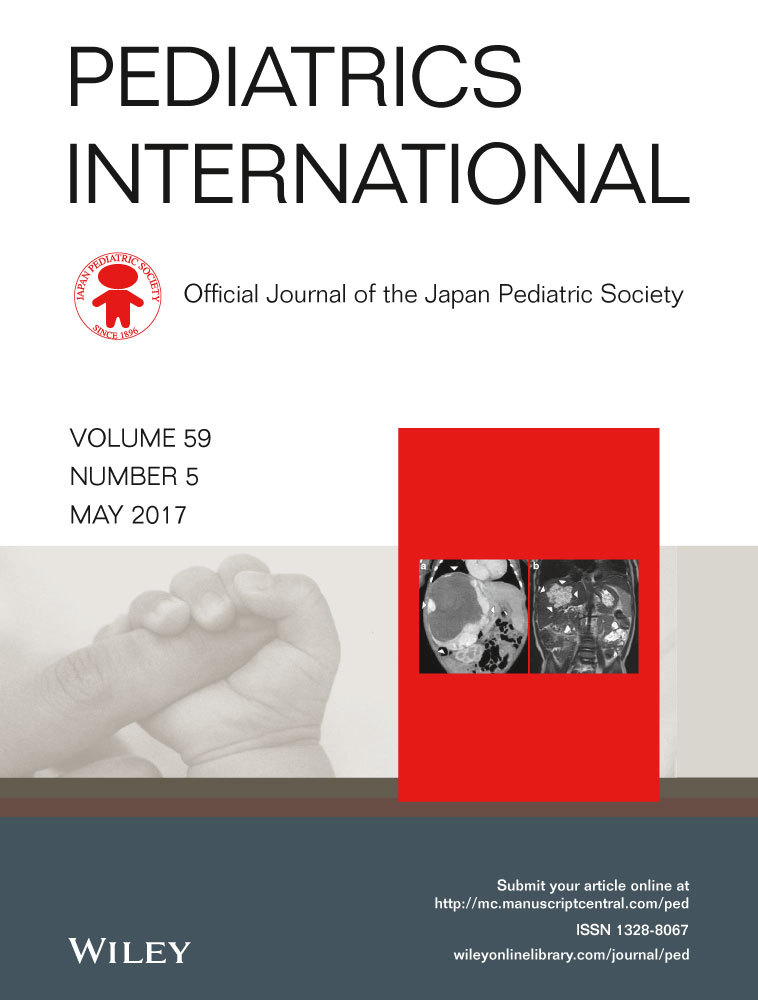Neonatal sepsis and simple minor neurological dysfunction
Abstract
Background
This study examined potential risk factors for and consequences of simple minor neurological dysfunction (SMND), in a group of very low-birthweight newborns followed until preschool age.
Methods
This was a prospective longitudinal study. Children with birthweight <1500 g were assessed at 4–6 years of age. Twenty-eight children with normal neurological examination and 35 children with SMND were included in the final analysis. Risk factors for the development of SMND and its association with certain neuropsychiatric conditions were studied.
Results
Based on neonatal data, in children with SMND, Apgar score at 1 min (6.13 ± 2.37 vs 7.66 ± 1.04, P = 0.008) and at 5 min (8.63 ± 1.29 vs 9.45 ± 0.65, P = 0.019) was lower, duration of hospital stay was longer (45.8 ± 21.8 vs 35.1 ± 18.2 days, P = 0.037), and the frequency of sepsis was higher (73.5 vs 25%, P < 0.001). Sepsis was found to be an independent risk factor for SMND (OR, 7.6; 95% CI: 2.2–26.0; P = 0.001). The children with SMND had lower intelligence quotient and higher prevalence of hyperactivity and refraction error.
Conclusion
Postnatal sepsis was the single most important risk factor for the development of SMND, and these children with SMND are at great risk for certain neuropsychiatric conditions. Preventive strategies, particularly for sepsis in the neonatal period, and early diagnosis and rehabilitation of future neuropsychiatric disorders are needed for better management of these cases.




